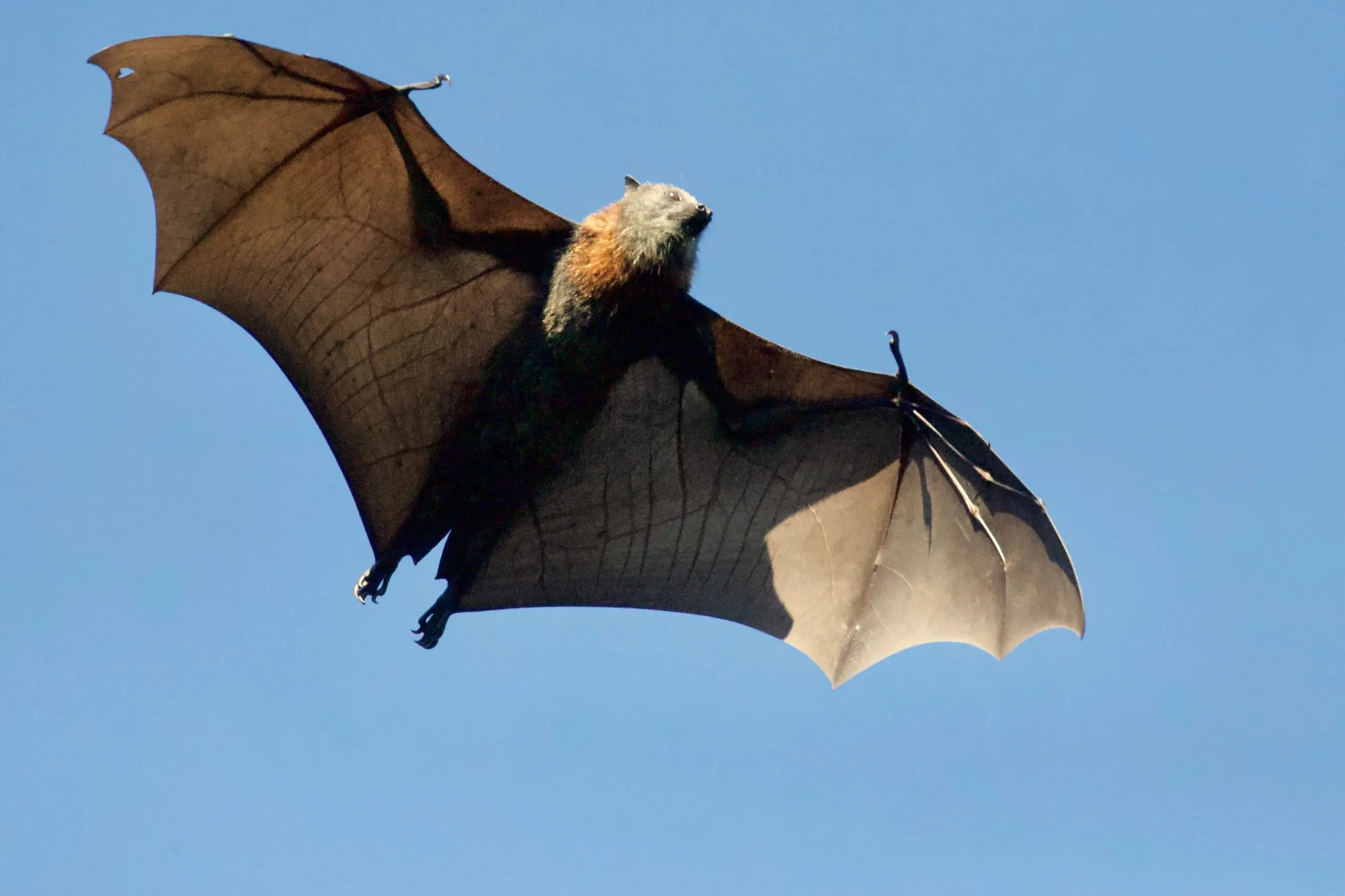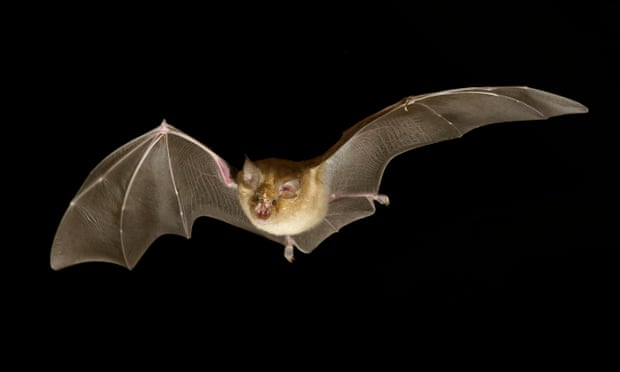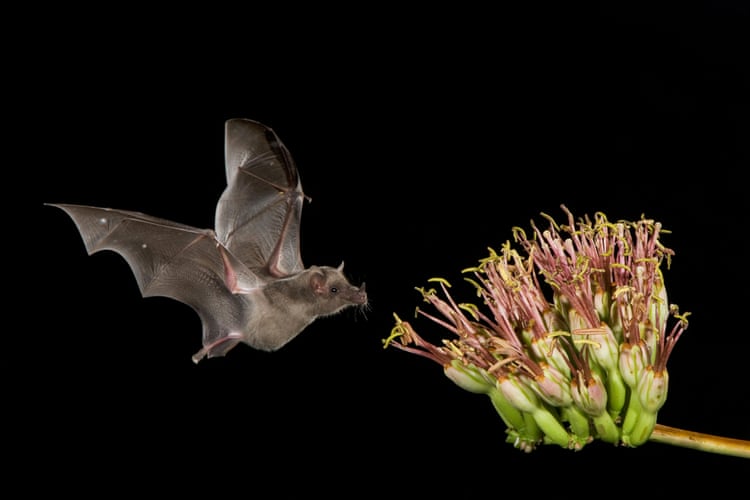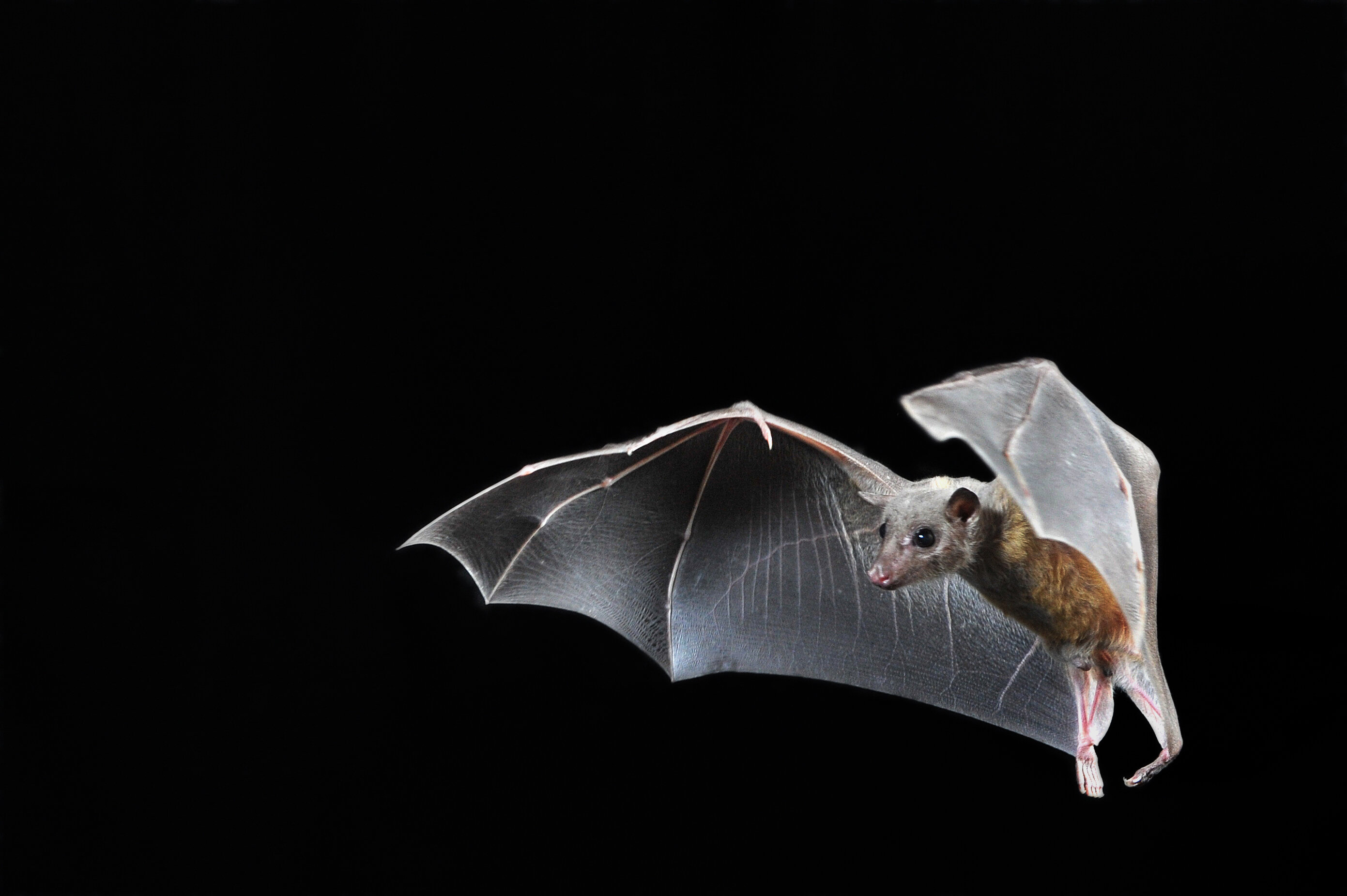Bats have notoriously been given a bad name. People hear the word ‘bat’ and they instantly cringe. But what many once saw as a nuisance creature, and one that was a bit scary, is starting to change. Bats are the only mammal in the world that flies and there are more than 1,100 different species. Although you may not want them lingering around or in your home, they are intriguing to study. Here are 11 interesting facts about bats that you may not have known.
Bats Can Live a Long Time
The first interesting fact is the lifespan of a bat. Many would be surprised to learn that bats in the wild can live for up to 30 years or longer. That’s quite impressive when you think of the typical lifespan of wildlife.
Not Every Bat Hangs Upside Down
One of the more common things people tend to know about bats is that they hang upside down. You’ve probably seen pictures of them hanging by their feet, looking quite relaxed. But did you know there is a very small handful of species that don’t follow this pattern? Instead, they have suction pads located on their limbs. These are used to help them stick to a surface such as leaves, so there is no need to hang upside down.
Bats Use Echolocation
Bats are highly evolved in that they use something called echolocation to find their food. A bat will make a high-pitched sound, that we can’t hear, and then listen for the echoes. Those echoes make it possible for them to find insects that they can eat. This is especially helpful at night time when searching for food.
Did You Know Bats Can Affect Your Building Project in the UK?
For developers who are gearing up to build a structure, finding bats onsite can be quite stressful. The first question is often how this discovery will affect the all-important planning application. In the UK, it’s not as easy as just getting rid of the bats, as native species are protected under the law. There are a total of 17 different native species within the UK. What this means is that you cannot disturb or harm the bats, as they are protected by the law.
Typically, the best step is to conduct a bat survey. People can get a bat survey quote through Arbtech, who can carry out a preliminary roost assessment or a scoping bat survey and then follow up with a bat emergency survey. These surveys will assess the situation and habitat, determine if bats are present, and what kind of activity is going on. After the survey has been completed, a report is written up for planning consent.
How Much Can a Bat Eat? The Answer is Pretty Shocking
Here’s a shocking fact about how much bats eat. In one hour, they can eat as many as 1,200 mosquitoes. They will need to eat their body weight worth of insects each night. This is one of the biggest reasons why people are starting to see bats in a new light. They have a very positive effect on the local bug population, helping to keep it under control.
The “Flying Fox” – the Biggest Bat of All
Curious about what the biggest bat is in the world? That would be the Flying Fox, which can have a wingspan of six feet. That’s pretty daunting to think about. This particular species can be found in the South Pacific islands. The majority of Flying Fox species are nocturnal and they are known for roosting in very large numbers.
The “Bumblebee Bat” – the Smallest Bat of All
On the opposite end of the spectrum is the Bumblebee Bat, which is the smallest bat in the world. This species can be found in Myanmar and Thailand and typically roosts in caves. Its proper name is the Kuhn Kitty bat and is just 3cm in length and not even two grams in weight. Another interesting fact about this species is that it wasn’t even discovered until 1973, likely because it isn’t usually seen.
Disease is One of the Biggest Threats to Bats
While bats do have some predators, the biggest threat to them tends to be disease. Disease can wipe out whole roosts at a time, and go so far as to destroy an entire species. Unfortunately, some species tend to be more prone to disease than others, making the situation worse.
Bat Predators – There Aren’t Many
And speaking of bat predators, the list isn’t extensive. There are a few species of bats that are known to prey on other bats, but in general, the predators tend to be snakes, foxes, raccoons, and some raptors. Specifically, in the UK, the biggest threats to bats in terms of predators are a few species of owls, birds such as the goshawk, foxes, weasels and cats.
Bats Help with Pollination
Everyone is well aware of how important bees are to pollination, but did you know bats play a role too? There are more than 300 species of fruit that require bats for pollination. The bat spread the seeds that go on to produce such things as cacao, figs and nuts. They are also important to the pollination of mangoes, agave, avocados and bananas.
Bats are Extremely Fast
This one may not be as surprising, especially for those who have witnessed bats in flight. Bats can fly incredibly fast, with some reaching speeds of up to 160kms/hr. The speed will vary by species, but even the “slower” ones still fly fast. There are a few notable fast species such as the Brazilian Free-Tailed Bat and the Mexican Free-Tailed bat.
Plenty to Learn About Bats
While not exactly a trending topic, the more you start to learn about bats, the more interesting they become. With so many different species with different traits and qualities, it is an intriguing creature. Even if you’re in the camp that thinks they are a pest and not exactly cute, you may end up changing your mind as you learn more.







Leave a Reply